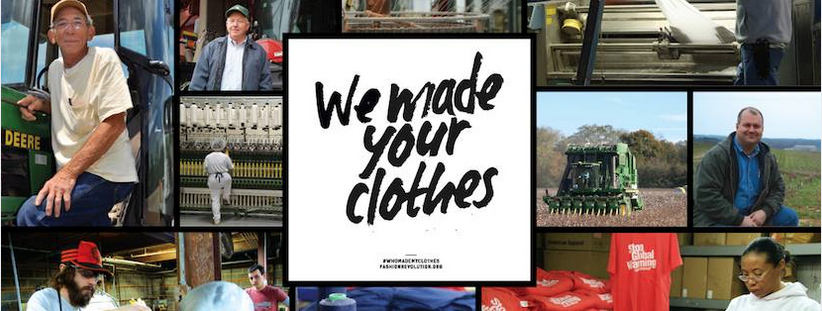
Merriam-Webster says transparency is “the quality or state of being transparent – characterized by visibility or accessibility of information especially concerning business practices.”
If you’ve followed our work for any length of time, you’ve heard us talk about transparency and the need for more of it in the apparel industry, but why does transparency matter so much?
When Transparency Is Absent
To answer that question, let’s look back for a moment to a tragic incident that stunned the fashion industry and the world in 2013.
The April 24, 2013, collapse of an eight-story garment factory, called Rana Plaza, in Dhaka, Bangladesh, resulted in the deaths of more than 1,100 workers. It is reportedly now considered the deadliest accident in the history of the apparel industry.
-Mary Jane Bolle,Congressional Research Service
In the days following the tragedy, the New York Times reported that the building had been a disaster waiting to happen. Investigators found countless building code violations in a structure put together with substandard materials. Construction approvals that should never have been granted were… and the result was tragic and unnecessary loss of life.
And that… is the high price of lack of transparency.
When apparel brands outsource the manufacturing of their products to factories they’ve never visited, they’re taking their buyers along with them on a chase for the cheapest price. But what gets lost when brands chase cheap prices is the human element.
Those workers in Bangladesh were spending their lives laboring for buyers they didn’t know in countries they’d likely never been to under conditions they should never have been working in.
Ever wondered if they made any of your clothes?
Current State of the Fashion Industry
Eight years have passed since the Rana Plaza collapse, and advocacy organization Fashion Revolution has released their key findings for 2021.
Progress on transparency in the global fashion industry is still too slow among 250 of the world’s largest fashion brands and retailers, with brands achieving an overall average score of just 23% in the Fashion Transparency Index 2021.
-Fashion Revolution
Here are some of their key findings:
- In 2021, more brands are disclosing the suppliers of their raw materials and the facilities that process their products, yet…
- Less than 20% of brands disclose just how much they’re producing each year, so buyers don’t really know the amount of waste created by overproduction.
- Not even 10% of brands have a published policy that guarantees they’ll pay their suppliers within 60 days. That means if you purchase a t-shirt from a big-box brand, you may wear it long before the companies that spun the cotton, dyed it, then stitched the tee together get paid by the brand.
- Only 1% of brands disclose how many of the workers they depend on throughout their supply chain are getting paid a living wage.
What You Can Do to Encourage Transparency in Fashion
If the brands aren’t doing their part to increase transparency in the fashion industry, what can you do to encourage it?
Fashion Revolution says, “Anyone anywhere should be able to find out how, where, by whom and at what social and environmental costs their clothes are made.” And we agree.
One way to do that is to look for local brands that don’t just stamp “Made in the USA” on their products because they were sewn in the US. Look for those who can point you to the farmer who grew the cotton, the spinner who took the cotton from fiber to yarn, the dyehouse that infused the material with color, the sewer that stitched it all together.
As Fashion Revolution puts it: “Demand major brands and retailers be more transparent, get in touch and ask them #WhoMadeMyClothes? #WhatsInMyClothes? and #WhoMadeMyFabric?”
Interested in learning more about transparency in TS Designs’ supply chain, visit whereyourclothing.com. Radical transparency starts here.
